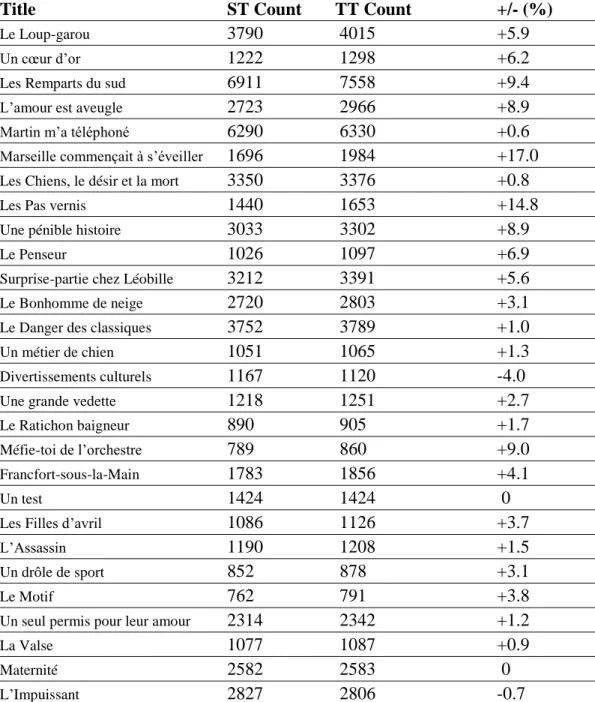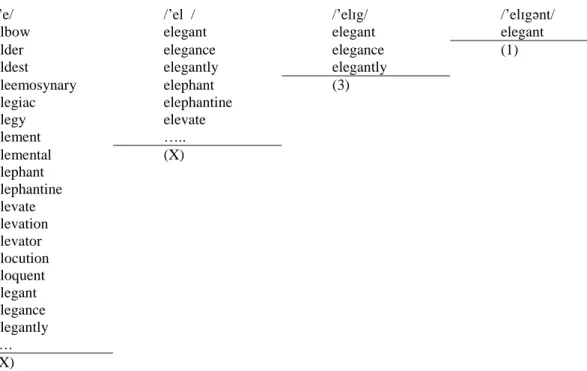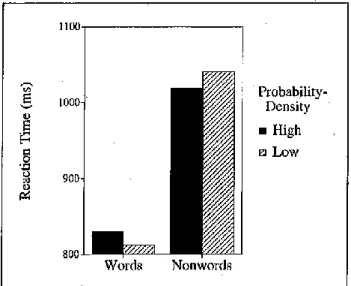Differentiation is at play in the poem "A Vaybele", in the use of the term goyish bikhl, which literally translated means "a heathen book". This is not present in the original, and is therefore important to note as part of the "learning embrace" that comes with the translation. While this poem uses a folk stimlekh rhythm, it includes Gothic elements in the poem's unexpected and macabre ending.
The unexpected heightens the powerful message and raises interesting dilemmas in the translation of the word "groyl" which appears in the poem's title. Then there is a section that further illustrates this ideological bias in the construction of the master-worker relationship:.
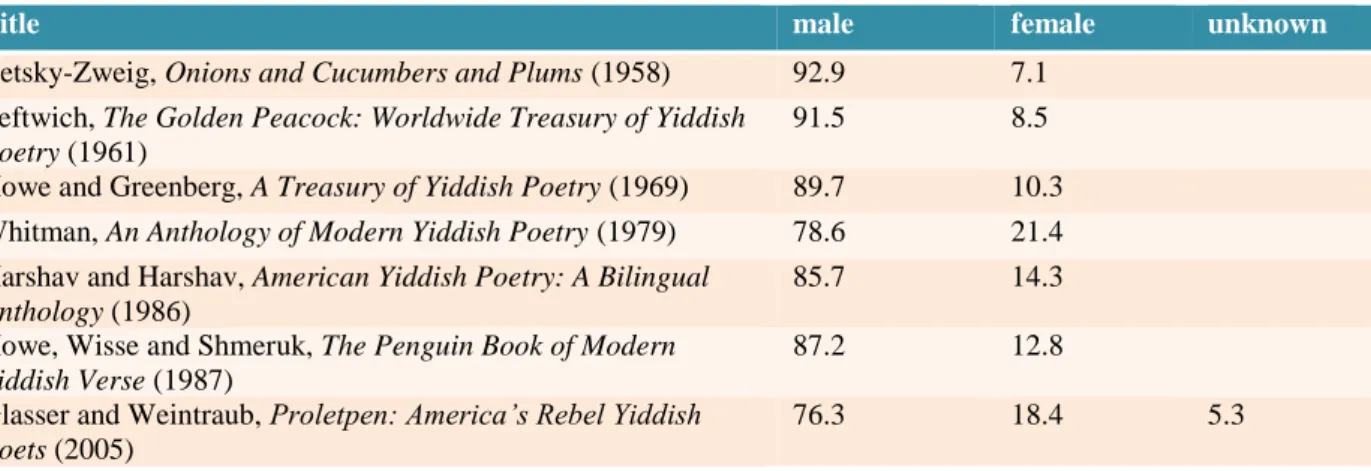
Introduction
The motivation behind the exercise was a desire to find out how to ethically retell Murrundindi's Dreamtime stories to the next (multicultural) generation of Australians, respecting his stated desire to educate all Victorian children feeds on its people's oral storytelling traditions. I grew up near the Healesville region where the story takes place, and was introduced to Wurundjeri stories at the age of nine by Murrundindi as part of his work in schools. The project makes use of literature from anthropology, Aboriginal Studies and Translation Studies, and shows a need for further research in the area of "translation as retelling" and "translation as relationship".
Methodology and literature review
In the Australian context, Indigenous peoples have also told stories for millennia to pass on local knowledge and identity to each succeeding generation. She believed that these stories would be more "real" than invented "Australian fairy tales" as they were the "product of hundreds of years of storytelling" (Wall 5) in the Australian countryside. While many of his generation tried to downplay their Aboriginality in the face of "assimilation" policies (van Toorn), Murrundindi took it upon himself to keep his culture and oral tradition alive through cultural presentations in primary schools and in the Healesville Sanctuary ( Murrundindi dreams ).
Translating “The Tale of Gwonowah and Wattarang”
I also took note of Woiwurrung terms (including character names) and place names, to consider how I would express them in the Spanish version. I chose to translate these terms into Spanish to provide additional coherence through the repetition of the terms "brook" and "river" when used generically in the story. If used for general distribution in the Spanish-speaking world, the use is understood to be international.
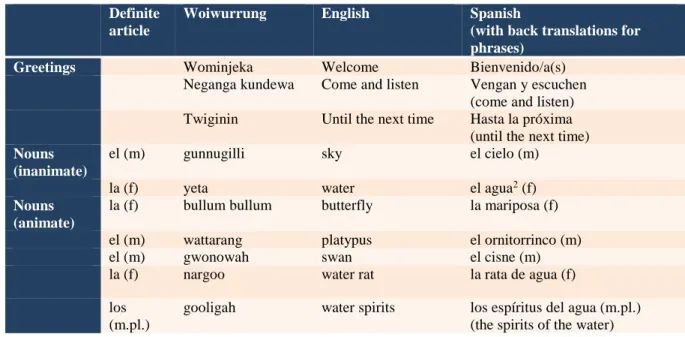
Results and recommendations for practice
I edited the best version of the Spanish retelling using Audacity, removing hesitations, repetitions and re-recording obvious grammatical errors. I then published this as a free YouTube video with an image of the CD cover as the background. Translating Oral Stories: If a story is to remain oral, one strategy is to listen to the story repeatedly from live or audio retellings and practice until all episodes of the story are remembered.
Conclusion
Any use of culture by foreigners must first be approved and second, control, rights and royalties must rest with the custodians. Characters, main events, and moral are the most important elements to preserve, depending on the type of story and its function. Asking the storyteller about their preferred arrangement regarding publishing and royalties is the best way to ensure a suitable solution.
Interview with Murrundindi (paraphrased and summarized) Rosanne: Hi Murrundindi
The foreword and afterword in English and Spanish
Translating for the listener
Working across disciplines, I use some of the findings from a large body of research in psycholinguistics to translate for. I hope that with this contribution, some research in this field will be accessible to theater translators, insofar as it would be important for more effective translation on stage and for greater awareness of the translator. In Section 1.2, I show how the complexity of the message affects the time it takes for both the reader and the listener to decode the message.
In Part 3, I look at the audience's "affective environment" (Johnston 18) by analyzing the emotional impact of certain lexical items on the audience. All the theory introduced in the first three sections comes together at the end of the article, and in section 4 I draw my conclusion. One of the main differences between written and spoken language processing lies in the organ designated for this purpose.
For the same audience, the processing time for reading the same material would fluctuate between two-thirds and one-third of the time, that is, between 12.5 and 6.25 minutes. If someone in the audience speaks or whispers during a performance, this can disrupt the listening process of the other attendees. A series of experiments using the probe-latency technique, conducted by Caplan (1972) and Walker, Gough, and Wall (1968), showed that listener reaction time is indeed influenced by the sentence structure of a sentence (cited in Foss and Hakes).
Experiments on eye fixation times in reading, conducted by Just and Carpenter, and by Rayner and Duffy, show how the complexity of the message affects the processing time of the message itself.
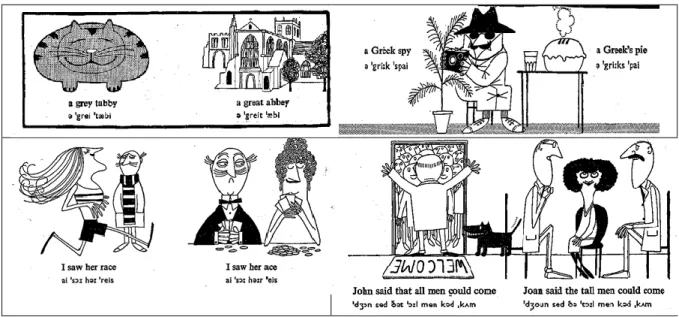
Implications for the translator
Both experiments show that “longer fixations are attributed to longer processing times caused by word rarity and its thematic meaning” (Just and Carpenter 330). In their experiment, Rayner and Duffy measured fixation and gaze durations on a target word and on what they defined as a "discrimination zone" (i.e., the word preceding and following the target word). When the target word was rare, mean gaze duration was also longer to the word that followed.
My choice will become clearer in section 3, where I analyze the impact of taboo words on the listener.17 For the scope of my argument, I want to focus only on the word "dark". Applying the cohort model to the word "darkie", we can see that an Italian audience will end up with a nonword with low density (i.e. not many words have a similar sound in Italian) and high probability (i.e. the phonotactic sequence CVCCV is very common),19 so the audience's processing time is likely to be over 1,000 milliseconds, but ultimately the message. 18 I have chosen to phonetically transcribe the word dark in the way the average Italian speaker would pronounce it, i.e.
Elsewhere in the game, where Dutton uses the word "darkie" as a derogatory term, I've translated it as "negra" (feminine singular of "negro"). When Australian audiences are presented with the word gin, they will have to decode an ambiguous word with no equivalent. This means that because the word gin is more commonly used in relation to an alcoholic drink, the processing time for an Australian audience would be longer than for a high frequency word.
In Italian, the word gin only refers to the drink; it is quite unlikely that an Italian audience would make the connection between the lexical item gin and an indigenous Australian woman.
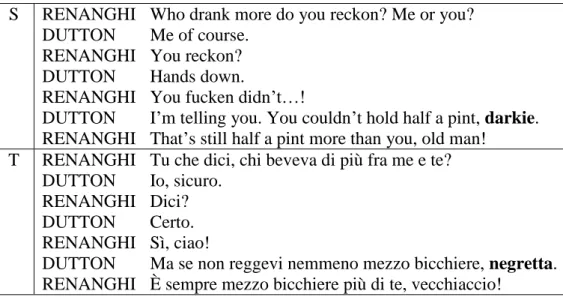
The “affective environment” of the spectator
The multimediality of the theater allows for cross-modal priming, which could not occur on the written page (with the exception of illustrated books). So far I have dealt with the cognitive environment of the spectator; let us now look at the affective environment. Indeed, dialogue between characters in a play has two functions: one in the fictional world of the play and one in the real world.
Some scholars who favor the foreignization strategy (notably Venuti) may recommend keeping culture-specific elements untranslated in the target text. First, that "taboo words activate areas of the brain associated with negative emotions" (Pinker Stuff of Thought), such as the right hemisphere of the brain and the amygdala. 22 In light of the research on taboo words and the negative feelings they evoke in the listener, I decided not to translate the word "fucken" in the example in section 2.
Let us consider the implications of the tabu stroop effect on the translation of the culturally specific item gin reviewed above. The use of taboo words in a dramatic text fulfills two functions: at the level of the fictional world, it characterizes the protagonist who utters the curse word as someone who is willing to impose negative emotions on another character/characters. At the level of communication between the playwright and the audience, the playwright imposes this same negative emotion on the audience by using a taboo word.
First, the characterization of the protagonist uttering the sentence may not be the one originally envisioned by the author.
Conclusion
In contrast to the overwhelmingly positive reviews the novel received, reviews of the film in the French context were rather mixed. The traditionally structured film adaptation stands in stark contrast to the novel's deconstructed character. Bassnett notes that this new perspective "underlines both the creativity and independence of the translator" (Translation Studies 5).
Benderson chose to adapt most of the prominent cultural references that anchor the novel in the French context. However, because he was unbound in the Chinese political ideology of the time, his poem cycle Norlang (1983) was criticized as. Below I present a translation of the second chapter, in which the narrator is still a young girl.
Following an interventionist approach, we stuck to the unabridged title of the book and added the descriptive word "authoritative" in the target text to indicate the literary status of the poetry collection. Lin walked over to the bookshelf, looking as if he wanted to flip through one of the volumes. Throughout, we hear a hint of the narrator's mature voice, which gives the story an edge.
I crawled on top of the old tank and made gunshot noises in the direction of the two blond tails. Carved wooden chairs on the wall; a table and one or two chairs in the middle of the room. You will be able to tell your grandchildren about the generation of the man who freed you.

